FAST: The World’s Largest Telescope | China Icons (2016)
Large scale project management is in the tradition of China. Construction of impressively large Junk ships in dry dock environment, the terra cotta army with uniquely sculpted soldiers and the Grand Canal is just a few examples among many. Large projects also require risk management skills enabling adapting to inevitable series of changes as the timeline advances. Yet, here we see another recent marvel proudly created by the Chinese. The Five-Hundred-Metre Aperture Spherical Telescope, known as FAST had been constructed […]

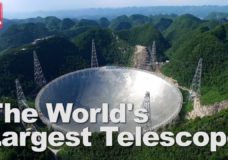
![Updates from NASA’s Curiosity Rover [Mars Science Laboratory]](https://naturedocumentaries.org/wp-content/uploads/2012/08/Screen-shot-2012-08-06-at-12.43.14-AM-e1345764125960.png)

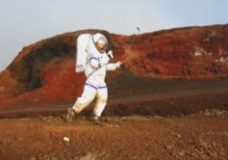
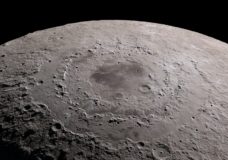
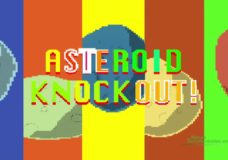

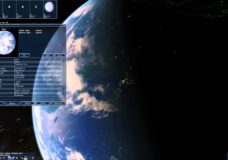

Recent Comments